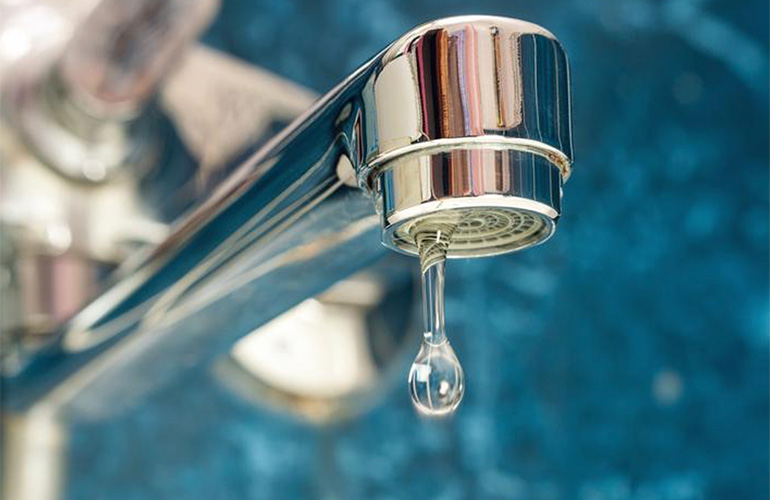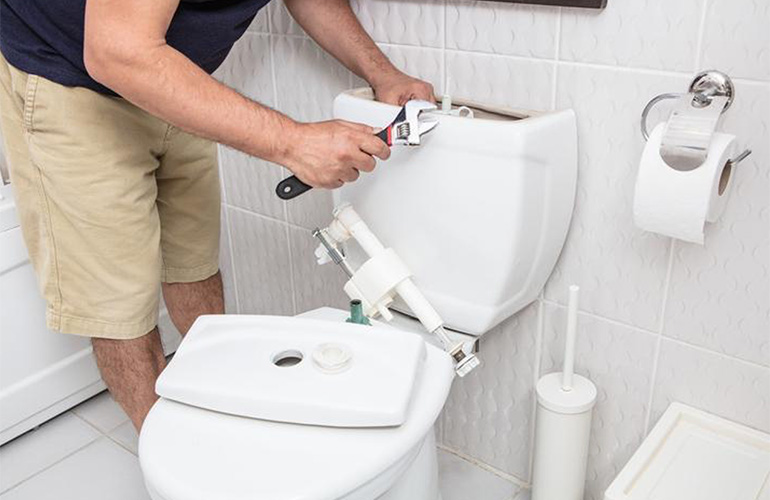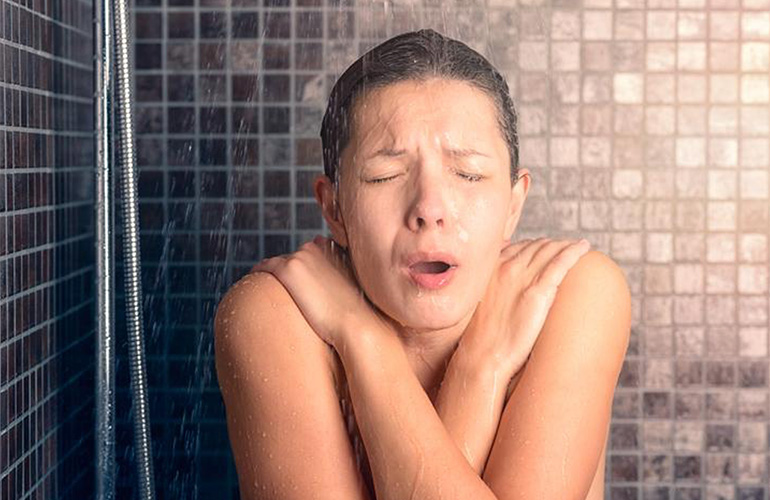
A well-functioning plumbing system is essential for the smooth operation of our daily lives. However, plumbing issues can arise unexpectedly, causing inconvenience and frustration.
Whether you’re a homeowner or a renter, it’s crucial to be aware of the most common plumbing problems and know how to fix them. Let’s explore the top five plumbing issues that many people encounter and provide practical solutions to tackle them effectively.
From clogged drains to leaky taps, running toilets to low water pressure, and hot water system problems, we’ll delve into the causes, symptoms, and step-by-step instructions to resolve these issues.
You’ll learn about simple do-it-yourself (DIY) techniques that can save you time and money, as well as when it’s necessary to seek professional assistance.
By understanding and addressing these common plumbing problems promptly, you can prevent further damage, maintain the efficiency of your plumbing system, and potentially avoid costly repairs down the line.
So, let’s empower ourselves with the knowledge to conquer these home maintenance challenges. We’ll start with the most common of plumbing problems …
1. Blocked Drains
Blocked drains are one of the most common plumbing issues that can disrupt the smooth flow of water in your home. They can occur in various areas such as sinks, showers and toilets, leading to inconvenience and potential water damage if not addressed promptly.
Understanding the causes and knowing how to fix blocked drains can save you from unnecessary stress.
Causes of blocked drains range from the buildup of hair, soap scum and food particles to the accumulation of grease and mineral deposits. If you notice water draining slowly or strange gurgling sounds, it’s likely that you have a blocked drain.
Thankfully, there are several DIY methods to clear blocked drains. Using a plunger can often dislodge the clog by creating pressure and suction. Another effective method involves combining baking soda and vinegar to create a natural cleaning solution that can break down the blockage. Additionally, drain snakes or augers can be used to physically remove the obstruction.
If the clog persists or is located deep within the pipes, it’s advisable to call a professional plumber who has specialised tools and expertise to handle more challenging blockages.
Remember, addressing blocked drains promptly can prevent further damage and keep your plumbing system running smoothly.
2. Leaky Taps
Leaky taps are not only annoying with their constant dripping but can also waste a significant amount of water if left unattended. Understanding the causes behind leaky taps and knowing how to fix them can help you save water and prevent unnecessary expenses, along with contributing to the conservation of water.
The most common causes of leaky taps include worn-out washers, damaged O-rings, or corroded valve seats. Identifying the type of leak is essential, whether it’s a dripping tap, a leak from the base, or water seeping out when the tap is turned on.
Fixing a leaky tap can often be done through simple DIY steps. Start by turning off the water supply to the tap and disassembling the faucet carefully. Inspect and replace any faulty washers, O-rings, or valve seats. Reassemble the tap and test it for any remaining leaks.
It’s important to avoid over tightening during the reassembly process, as it can lead to further damage. If you’re unsure or the leak persists, calling a qualified plumber is recommended to ensure a proper fix.
3. Running Toilets
A running toilet is not only an annoyance but can also waste a significant amount of water, leading to increased water bills. Understanding the causes behind running toilets and knowing how to fix them can help you conserve water and restore the toilet’s proper functionality.
Running toilets are often caused by a faulty flapper valve, a misadjusted fill valve, or an issue with the flush valve and chain. If you hear water running continuously in the toilet bowl or notice periodic refilling sounds, you likely have a running toilet.
Fixing a running toilet can be done through a few simple steps. Start by checking the flapper valve, ensuring it forms a tight seal. Adjusting the fill valve to the recommended water level can also help resolve the issue. Additionally, inspect the flush valve and chain, ensuring they are properly aligned and not causing water to leak.
If these DIY steps don’t solve the problem, it’s advisable to seek professional help to diagnose and repair any underlying issues. Remember, addressing running toilets promptly can save water, reduce your utility bills, and prevent unnecessary water wastage.
4. Low Water Pressure
Low water pressure can be a frustrating plumbing issue that affects the efficiency of your taps, showers and other water outlets.
Understanding the reasons behind low water pressure and knowing how to troubleshoot them can help you restore adequate water flow throughout your home.
Causes of low water pressure include the build-up of mineral deposits, leaks, clogged aerators or showerheads, or issues with the water pressure regulator.
Troubleshooting low water pressure involves the following steps:
- Check the water pressure regulator and ensure it is set at the proper level.
- Clear clogged aerators and showerheads by removing them and cleaning any debris or sediment.
- Inspect pipes for leaks or blockages, and repair or replace damaged sections if necessary.
If DIY measures don’t solve the problem, it may be necessary to consult a professional plumber who can identify more complex issues that can cause low water pressure
Remember, maintaining proper water pressure is crucial for everyday tasks, and addressing low water pressure promptly can ensure a comfortable and efficient water supply in your home.
5. Hot Water System Problems
This is one of the more frustrating plumbing problems and it can totally disrupt your daily routine, leaving you with cold showers.
Understanding the common issues that can occur with hot water systems and knowing how to fix them can help you restore a consistent supply of hot water.
Common hot water system problems include:
- Insufficient hot water, fluctuating water temperature, strange noises, or leaks.
- Insufficient hot water can be caused by a faulty thermostat, a malfunctioning heating element, or sediment build-up in the tank.
- Fluctuating water temperature may be due to a defective mixing valve, a faulty thermostat, or an issue with the water heater’s gas or electric supply.
- Strange noises such as popping or rumbling sounds can indicate sediment build-up or a malfunctioning heating element.
- Leaks in the hot water system can be caused by damaged pipes, loose connections or a faulty pressure relief valve.
- Troubleshooting hot water system problems may involve checking and adjusting the thermostat, inspecting and replacing heating elements, flushing the tank to remove sediment, or repairing leaks.
By addressing hot water system problems promptly, you can restore the comfort and convenience of a reliable hot water supply in your home.
Address Issues Quickly
Understanding the top five common plumbing issues and knowing how to fix them is essential for maintaining a functional and efficient plumbing system in your home. By addressing these issues promptly, you can save yourself from inconvenience, costly repairs, and potential water wastage.
From dealing with blocked drains and fixing leaky taps to addressing running toilets, low water pressure, and hot water system problems, taking proactive steps can prevent further damage and ensure smooth operation.
Simple DIY techniques such as using a plunger, replacing washers or O-rings, adjusting valves, or clearing blockages can often resolve these issues.
However, it’s important to recognise when it’s necessary to seek professional help. Plumbers have the expertise, the right tools and the knowledge to handle more complex problems and ensure long-lasting solutions.
Remember, regular maintenance and addressing plumbing issues promptly can save you time, money, and unnecessary stress. By being proactive, you can keep your plumbing system running smoothly, ensuring a comfortable and trouble-free living environment.
All images: Supplied.
This is a sponsored article produced in partnership with Metropolitan Plumbing.




